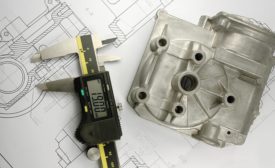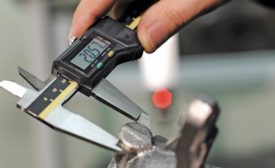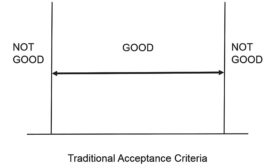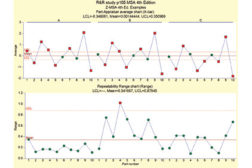Articles by Eric Gasper
Missing the Point: Gage Variability and Operational Definitions
Clear operational definitions can prevent chaos.
April 16, 2018
Calibration and Measurement Systems: The Unsung Hero in Quality Efforts
Timely calibration of all measurement devices is critical to manufacturing efforts.
July 1, 2017
Gage R&R: The Key to Reducing Measurement Variation
A critical part of the journey toward reducing variation is developing confidence in the system used to measure the process.
November 1, 2016
Poor GR&R Percentage, Now What?
Examining the components of a GR&R study can lead to the source of greatest variation in the measurement system.
March 2, 2015
Get our new eMagazine delivered to your inbox every month.
Stay in the know with Quality’s comprehensive coverage of the manufacturing and metrology industries.
SIGN UP TODAY!Copyright ©2024. All Rights Reserved BNP Media.
Design, CMS, Hosting & Web Development :: ePublishing




